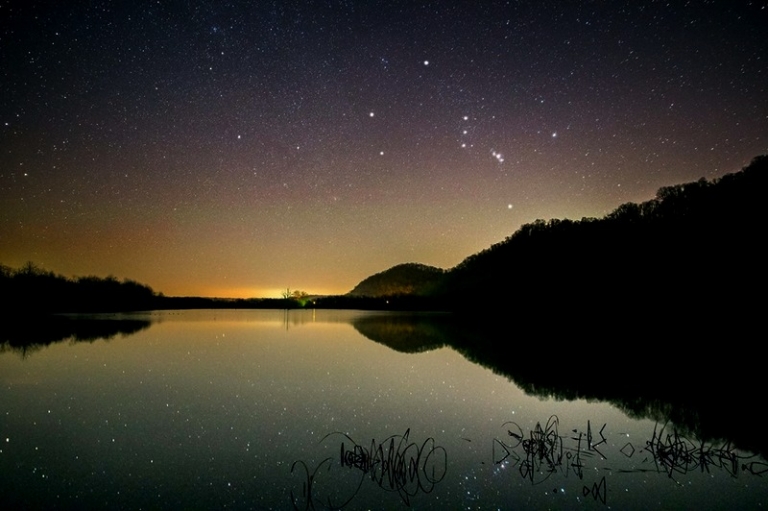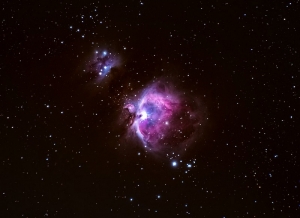
The wonder of living in rural West Virginia will come to the fore this August where stargazing is concerned.
Three exciting astronomical events are sure to attract observers in the Mountain State, which boasts some of the best star-gazing conditions in the eastern U.S., thanks to a lack of light pollution.
West Virginia is a chief destination for star-gazers who are looking for dark skies. South of the Adirondack Mountains in northern New York, West Virginia contains some of the region's largest dark-sky areas.
The moon will align with Jupiter and Saturn Aug. 9-11.
The display begins Friday when the moon will appear alongside ringed Saturn and giant Jupiter. Photographers will have a rare opportunity to capture the three celestial bodies in the same frame.
Sunday may notably be the best of the three nights for photography: Saturn’s rings will be easier to find as the moon will have moved to the right of the planet.
The Perseid meteor shower will peak Aug. 12-13.
Shooting stars will fall from the sky with remarkable frequency on Monday and Tuesday during the annual Perseid meteor shower. The display will peak Monday, Aug. 12, and continue into the early morning hours Tuesday, Aug. 13.
The Orion constellation rises in late August.

A favorite winter constellation, Orion will rise above the horizon in late August and will be clearly visible in the night sky from November through February.
Orion is the brightest winter constellations. Some of its stars, including Rigel and Betelgeuse, are among the brightest in the sky, and the Orion Nebula, near its center, is among the first such formations noted by early astronomers.
To see Orion, set your alarm to ring early, and look eastward an hour or two before the sun rises.




























